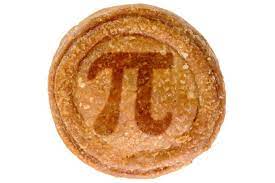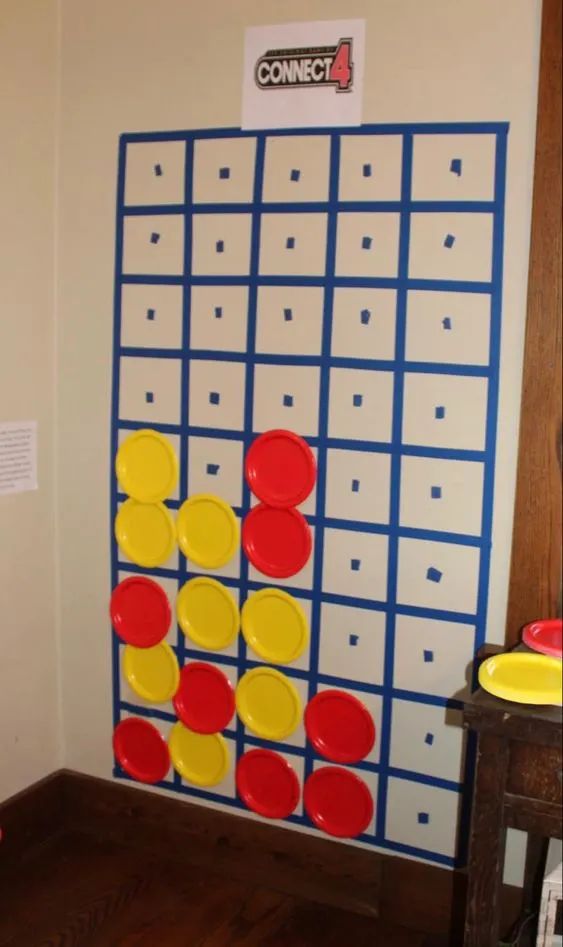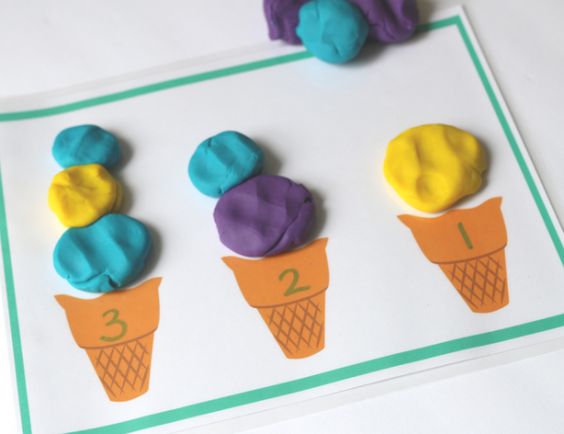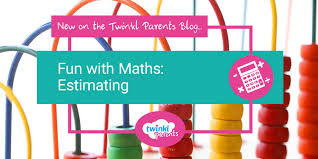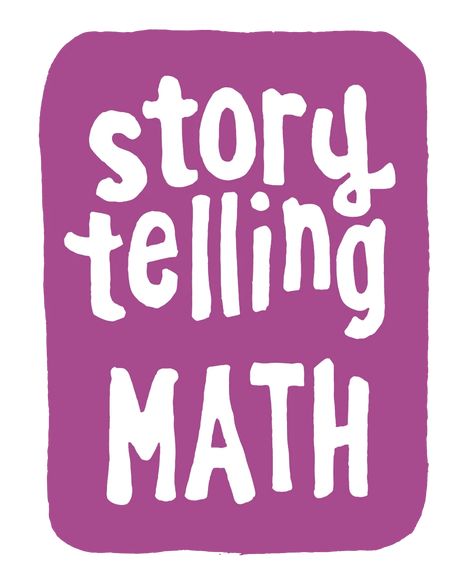Introduction:
Algebraic expressions are a crucial part of mathematics, and mastering their evaluation is essential for students. While understanding the basics of algebra can be challenging for some, practicing through engaging activities can enhance the learning experience. Here are nine effective activities to help you evaluate algebraic expressions.
1. Card Game:
Create a deck of cards containing numbers, variables, and operators. Students take turns drawing cards and forming valid algebraic expressions. They then evaluate the expression and record their answers. This encourages mental math skills while reinforcing algebraic concepts.
2. Algebra Tiles:
Using algebra tiles is an excellent hands-on method to visualize and solve algebraic expressions. Students can manipulate the tiles to determine the value of a given expression. This tactile approach helps deepen conceptual understanding of algebra.
3. Expression Bingo:
Similar to regular Bingo, Expression Bingo tests students’ abilities to solve a variety of expressions quickly. Prepare cards with simplified algebraic expressions in each square and distribute them among the students. As you call out unsimplified expressions or challenge problems, students solve them and mark off corresponding squares on their card.
4. Relay Races:
Organize students into teams and provide a set of algebraic expressions to each group. Have them race against the clock to solve one problem at a time before passing it on to the next teammate in line. This collaborative activity promotes teamwork while honing problem-solving skills.
5. Expression Matching:
Create pairs of equivalent algebraic expression cards—one simplified version and one more complex version—then mix them up and place them face down on a table. Students take turns flipping over two cards at a time to find matching pairs while also practicing simplification techniques.
6. Online Interactive Tools:
Several online platforms offer interactive tools that help students practice evaluating algebraic expressions with immediate feedback. For example, Khan Academy provides a step-by-step explanation for solving problems, allowing students to learn at their own pace.
7. Board Game:
Design a custom board game in which players must correctly evaluate algebraic expressions to advance spaces. This can be done by adapting an existing board game or creating a new one. Adding action cards that challenge students to demonstrate their understanding of different algebraic concepts can increase engagement.
8. Expression Puzzles:
Develop puzzles in which students solve algebraic expressions by unscrambling the steps or process. This activity helps students organize their thinking and understand the sequence of problem-solving steps required for evaluating expressions.
9. Create Your Own Expressions:
Encourage students to devise their own algebraic expressions based on specific criteria, constraints, or real-life applications. They can then swap problems with their peers for solving, promoting creativity and comprehension along with problem-solving skills.
Conclusion:
The key to mastering algebraic expression evaluation lies in practice, repetition, and diverse learning methods. Incorporating these nine activities into your study sessions will foster deep understanding of algebra while making the learning process enjoyable and engaging for students.


